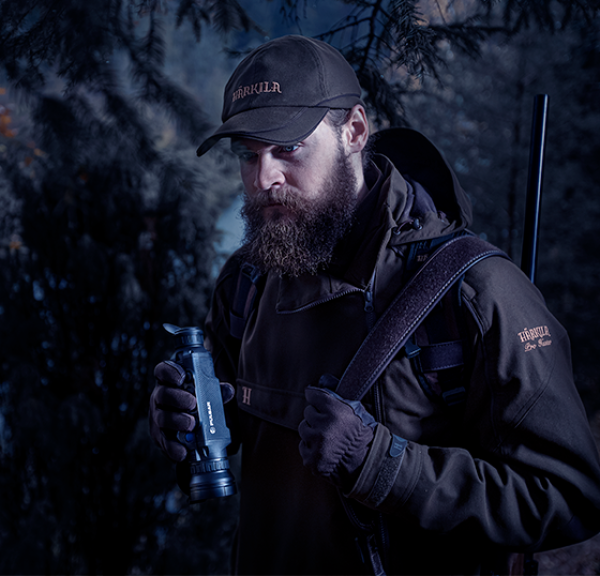Be Still, and Know Game is There
Still hunting, whereby you lay in wait for your prey to happen by, isn’t a new thing. Its roots are as deep as those of human history. From stone-age spears and paleolithic-era bows, straight up to the here and now, hunters have reaped the bounty of this type of hunting strategy. And, as a guy beginning to get up there, so to speak, this is my preferred method, too.
Finding funnels, pinch-points, and water and food sources, are fundamental to still-hunting strategy, as is determining what type of setup you deem appropriate — ground or box-blind, tree-stand, natural blind, etc. While I’m always incredibly comfortable in treestands — sometimes too comfortable — my preference always has been to hunt from blinds, soft-sided or hard-walled, it doesn’t matter. My preference draws on three things good friends already know about me, I can get fidgety and move, I don’t have to haul myself up a ladder, and I pay close attention to wind direction so I do have better results on the ground than, say, someone with an aversion to hygiene of any kind — yes, they’re out there.

While I do enjoy blind hunting, it can come at a cost — visibility. Depending on the area I’m hunting, my view can be expansive or just as easily, nearly non-existent. I should qualify non-existent as I can see a fair distance away in terms of hunting heavily wooded areas. I don’t set up facing a thicket wall with zero visibility. Still, hunting in denser foliage does compromise visibility even when you can see decently. Problems arise when you can’t see their entire bodies until they are exceptionally close, or shadows and other natural elements still make them darn-near invisible.
To compensate, I have always carried good binoculars. Some may choose to fly by the seat of their pants, “If something comes in front of me, I’ll shoot it.” While I’m not one to buck spontaneity, I also understand the overwhelming truth of “luck is where opportunity meets preparation.” I like to see an animal far enough away to determine if it is mature, what direction it is coming in from and how much time do I have before I have to be ready for the shot or lose the opportunity. Often, optics are a centerpiece in this decision-making process; of course, optics also have not been a part of this equation many times, for countless reasons — most often, they came in through a thicket I could not see through, or they stayed in the shadows until the moment of truth.
Thermal Technology Heats Up Ground Blind Hunting
Several years ago, I found the answer to all of these peripheral issues in thermal imaging. The truth about thermal is simple—nothing hides from it. If there is a direct line of sight, even a small window, from the optic to a heat signature, the device picks it up; in fact, it glows on the display. Since I began using thermal, especially when still hunting from a blind, nothing has snuck up on me. Every time an animal has ventured in, I’ve been ready. In short, I have become a much better-prepared hunter and have taken home more meat as a result. As a side note, I would be lying if I didn’t acknowledge that I also like to simply sit in the blind and watch the (often) unobserved world around me unfolding—birds at rest, squirrels chasing each other, armadillos doing what those “knighted-possums” do. It’s fascinating.
Thermal imaging, however, has other great benefits for blind hunters. Since employing thermal binoculars, I have yet to get busted walking to my blind or trekking back to the truck after the hunt. I have become exponentially more stealth to the wildlife in my area and routinely, intentionally avoid them, even pre-season when scouting. My thermal binoculars also have been great for blood tracking and game recovery after the shot. The biggest question on any hunter’s mind—when a hit animal runs—is whether or not they’ll get hands-on it, and put meat in the freezer. No hunter, let me repeat, no hunter, wants to lose an animal. Blood is easily exposed, glowing until its temperature matches that of the area in which it lies. Even then, a downed-animal glows for hours after the shot, making recovery that much easier.
As thermal relates to hunting, three types of devices have proven most useful — riflescopes, monoculars and binoculars. For blind hunting, the most suitable are monoculars and binoculars. My preference is to use thermal binoculars like the Pulsar Accolade. Don’t get me wrong, thermal monoculars like a Helion 2 XP model are amazing but for long sits and lots of thermal glassing, there’s no question which platform is better. Using both eyes, thus a binocular, to process information results in faster, more accurate response times, improved depth perception, reduced eye-strain and fatigue, and for some folks, even fewer headaches, although I’ve never had that problem.
Pulsar Accolade: Best Bang for Your Hard-Earned Thermal Bucks

For best bang-for-your-buck thermal binocular value, look no further than Pulsar Accolade 2 binoculars. Accolade thermal binoculars come in XP LRF models. XPs LRF boast 640×480 microbolometer resolution. Accolade 2 with the built-in LRF provides precise distancing information, up to +/- 1 yard, up to 1,100 yards away in any light environment—yes, including no light at all! In the same way thermal displays infrared radiation, the LRF determines the distance to heat signatures, therefore light is not a requirement.
Of course, Accolades features 9+ hour rechargeable batteries, onboard video and Wi-Fi, 8-color display palettes, richly contrasting AMOLED displays, picture-in-picture, step-zoom and continuous-zoom, IPX7 waterproof construction and quite the array of display settings, including brightness, contrast, viewing modes, etc. Seriously, when it comes to hunting, it seems the only thing Pulsar Accolade 2 LRF doesn’t come with is someone to do the hunting for you.
Source - Sellmark Corporation
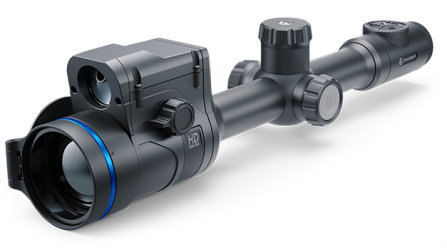 Thermion 2 LRF XL50
Thermal Imaging Riflescope
Thermion 2 LRF XL50
Thermal Imaging Riflescope
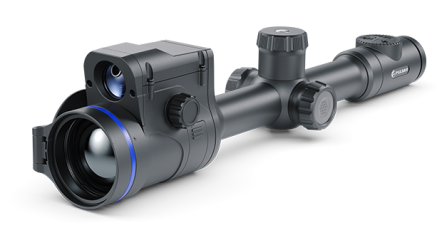 Thermion 2 LRF
Thermal Imaging Riflescopes
Thermion 2 LRF
Thermal Imaging Riflescopes
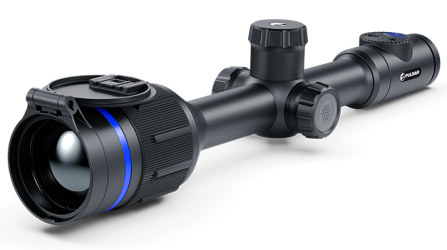 Thermion 2
Thermal Imaging Riflescopes
Thermion 2
Thermal Imaging Riflescopes
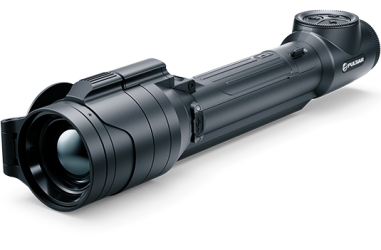 Talion
Thermal Imaging Riflescopes
New
Talion
Thermal Imaging Riflescopes
New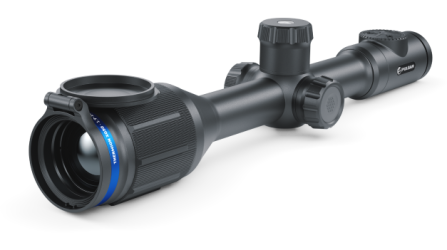 Thermion XG
Thermal Imaging Riflescopes
New
Thermion XG
Thermal Imaging Riflescopes
New Merger LRF XT50
Thermal Imaging Binoculars
Merger LRF XT50
Thermal Imaging Binoculars
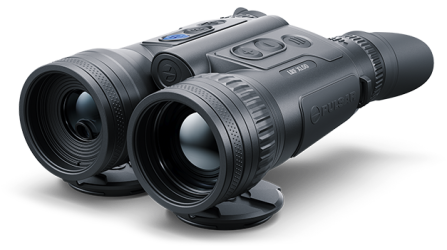 Merger LRF XL50
Thermal Imaging Binoculars
Merger LRF XL50
Thermal Imaging Binoculars
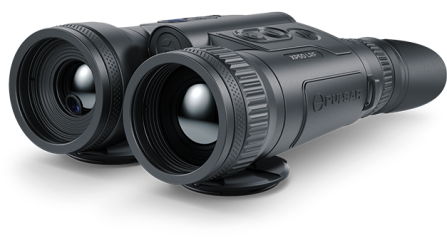 Merger LRF XP50
Thermal Imaging Binoculars
New
Merger LRF XP50
Thermal Imaging Binoculars
New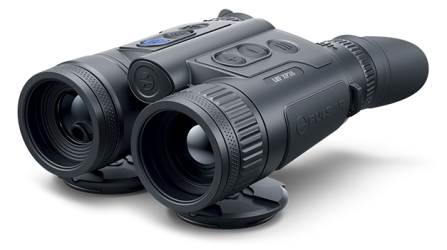 Merger LRF XP35
Thermal Imaging Binoculars
Merger LRF XP35
Thermal Imaging Binoculars
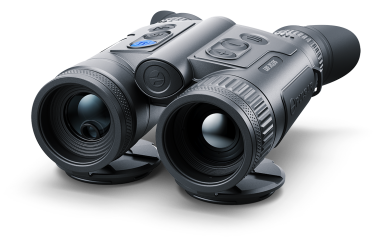 Merger LRF XQ35
Thermal Imaging Binoculars
New
Merger LRF XQ35
Thermal Imaging Binoculars
New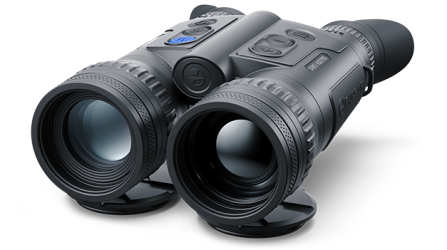 Merger Duo NXP50
Multispectral Binoculars
Merger Duo NXP50
Multispectral Binoculars
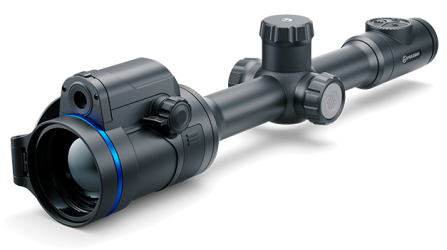 Thermion Duo
Multispectral Thermal Riflescope
Discontinued
Thermion Duo
Multispectral Thermal Riflescope
Discontinued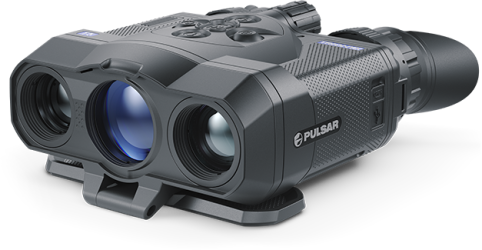 Trionyx
Multispectral Fusion Binoculars
New
Trionyx
Multispectral Fusion Binoculars
New Telos
Thermal Imaging Monoculars
New
Telos
Thermal Imaging Monoculars
New Axion Compact
Thermal Imaging Monoculars
Axion Compact
Thermal Imaging Monoculars
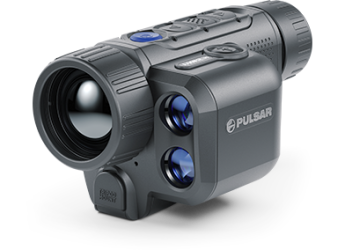 Axion 2 LRF
Thermal Imaging Monoculars
Axion 2 LRF
Thermal Imaging Monoculars
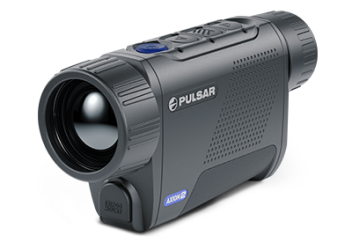 Axion 2
Thermal Imaging Monoculars
New
Axion 2
Thermal Imaging Monoculars
New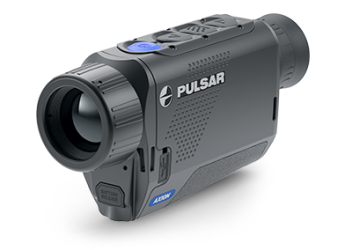 Axion XQ30 PRO
Thermal Imaging Monoculars
Axion XQ30 PRO
Thermal Imaging Monoculars
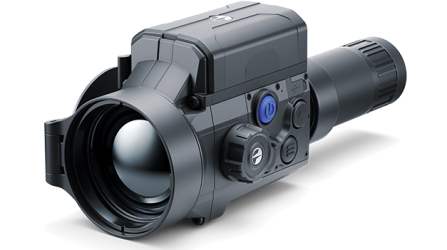 Krypton 2
Thermal Imaging Monocular
Krypton 2
Thermal Imaging Monocular
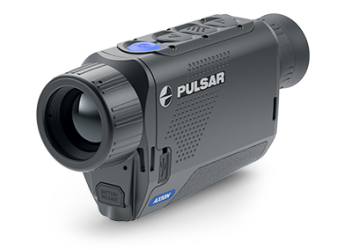 Axion XM30F
Thermal Imaging Monoculars
Axion XM30F
Thermal Imaging Monoculars
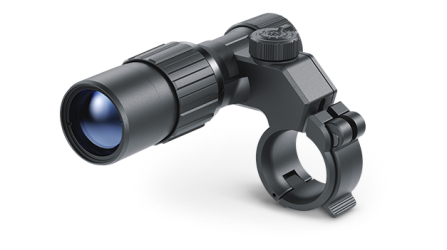 Pulsar Digex-XS
External Infrared Illuminators
Pulsar Digex-XS
External Infrared Illuminators
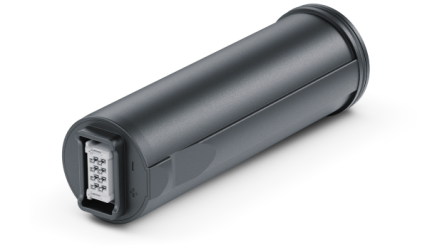 APS Batteries
Battery Packs
APS Batteries
Battery Packs
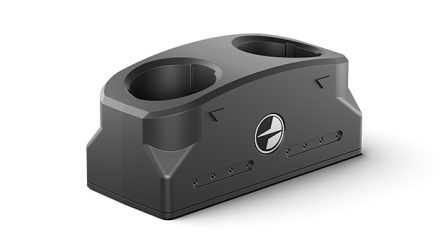 APS Chargers
Battery Chargers
APS Chargers
Battery Chargers
 LPS 7i Battery Pack
Battery Packs
LPS 7i Battery Pack
Battery Packs
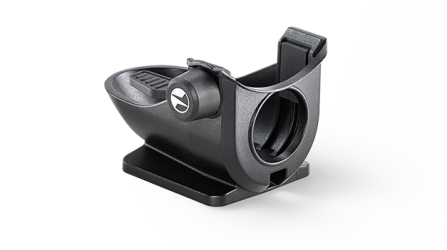 Telos LRF Tripod Adapter
Pulsar Accessories
Telos LRF Tripod Adapter
Pulsar Accessories
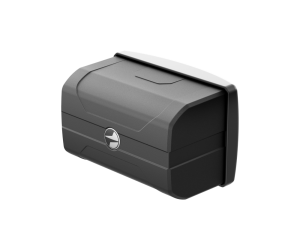 IPS Batteries
Battery Packs
IPS Batteries
Battery Packs
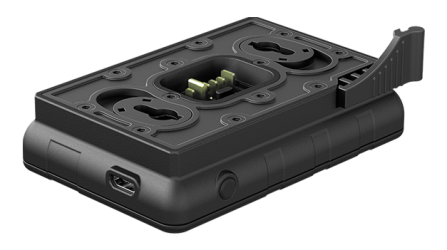 IPS Battery Charger
Battery Charger
IPS Battery Charger
Battery Charger
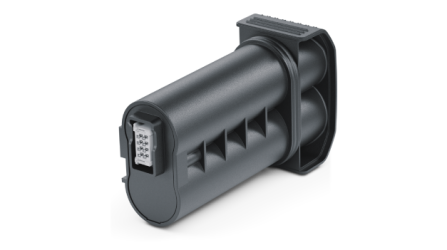 TPS 7 Battery
Battery Packs
TPS 7 Battery
Battery Packs
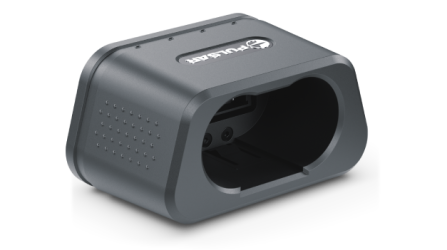 TPS 7 Battery Charger
Battery Chargers
TPS 7 Battery Charger
Battery Chargers
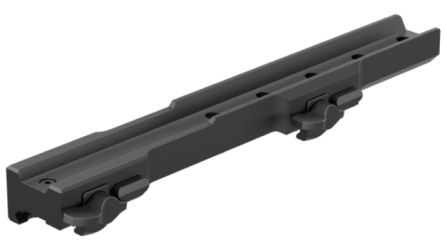 Rifle Mounts
for Pulsar Riflescopes
Rifle Mounts
for Pulsar Riflescopes
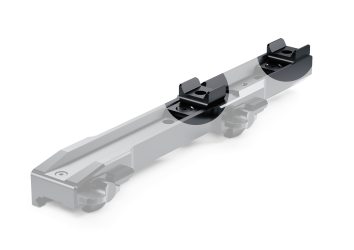 H7 Spacers
Repair Kits
New
H7 Spacers
Repair Kits
New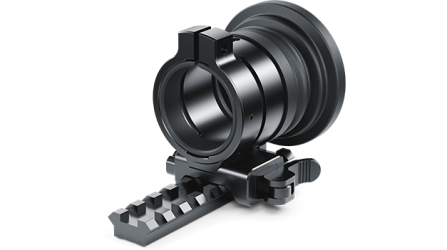 PSP-V Weaver Rail Adapter
Adapter
New
PSP-V Weaver Rail Adapter
Adapter
New PSP-B Ring Adapters
Ring Adapters
PSP-B Ring Adapters
Ring Adapters
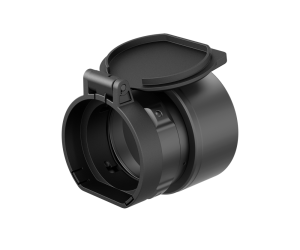 FN Adapters
Cover Ring Adapters
FN Adapters
Cover Ring Adapters
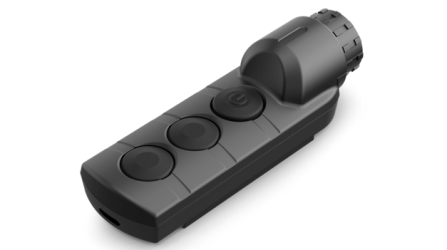 Remote Controls
for digital devices and thermal imagers
Remote Controls
for digital devices and thermal imagers
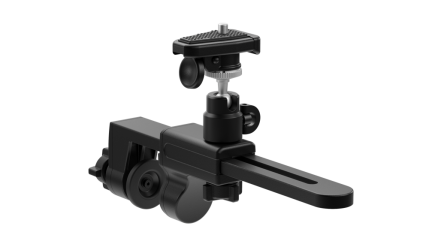 C-Clamp Mount
Pulsar Accessories
C-Clamp Mount
Pulsar Accessories
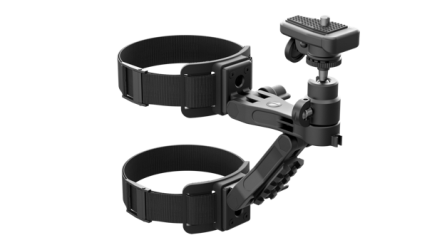 Tree mount
Pulsar Accessories
Tree mount
Pulsar Accessories
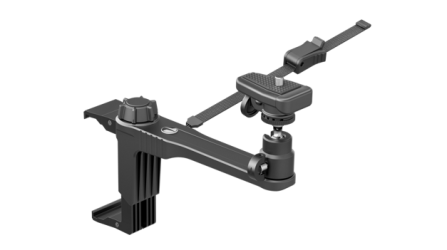 Window Frame Mount
Pulsar Accessories
Window Frame Mount
Pulsar Accessories
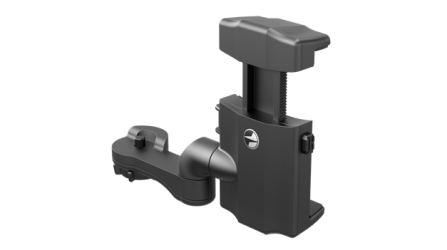 Helion Flip-Up Phone Mount
Pulsar Accessories
Helion Flip-Up Phone Mount
Pulsar Accessories
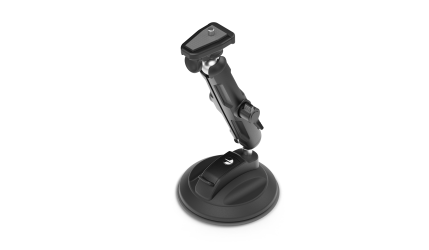 Flat Glass Mount
Pulsar Accessories
Flat Glass Mount
Pulsar Accessories
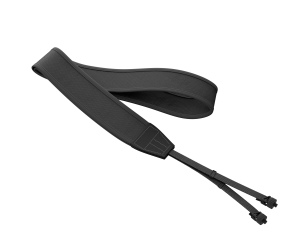 Neck Straps
Accessories
New
Neck Straps
Accessories
New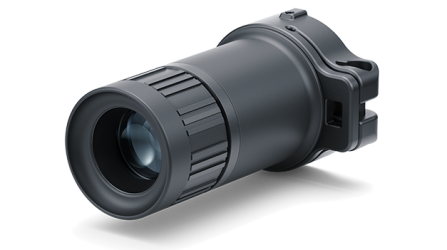 Monocular Pulsar 3x20 B
Accessories
Monocular Pulsar 3x20 B
Accessories
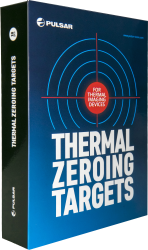 Thermal Zeroing Targets
Accessories
Thermal Zeroing Targets
Accessories









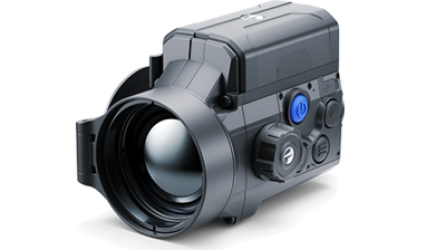
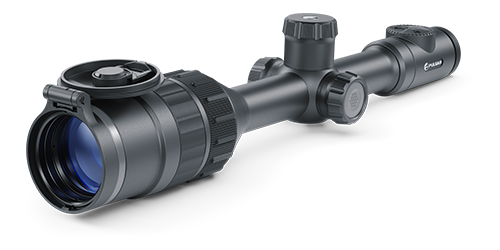
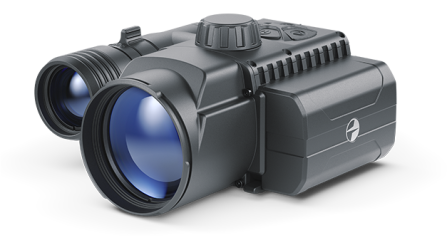
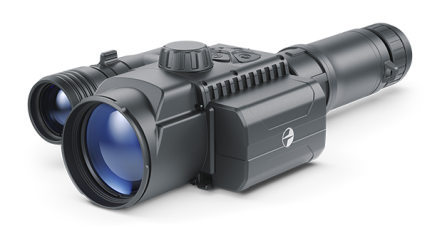



 English
English German
German French
French Spanish
Spanish Italiano
Italiano English
English Lietuvių
Lietuvių